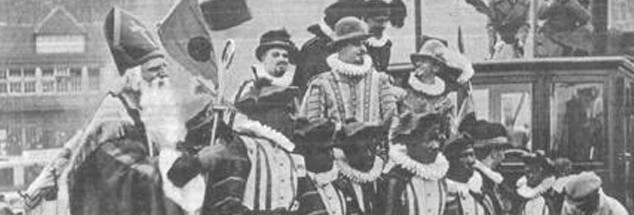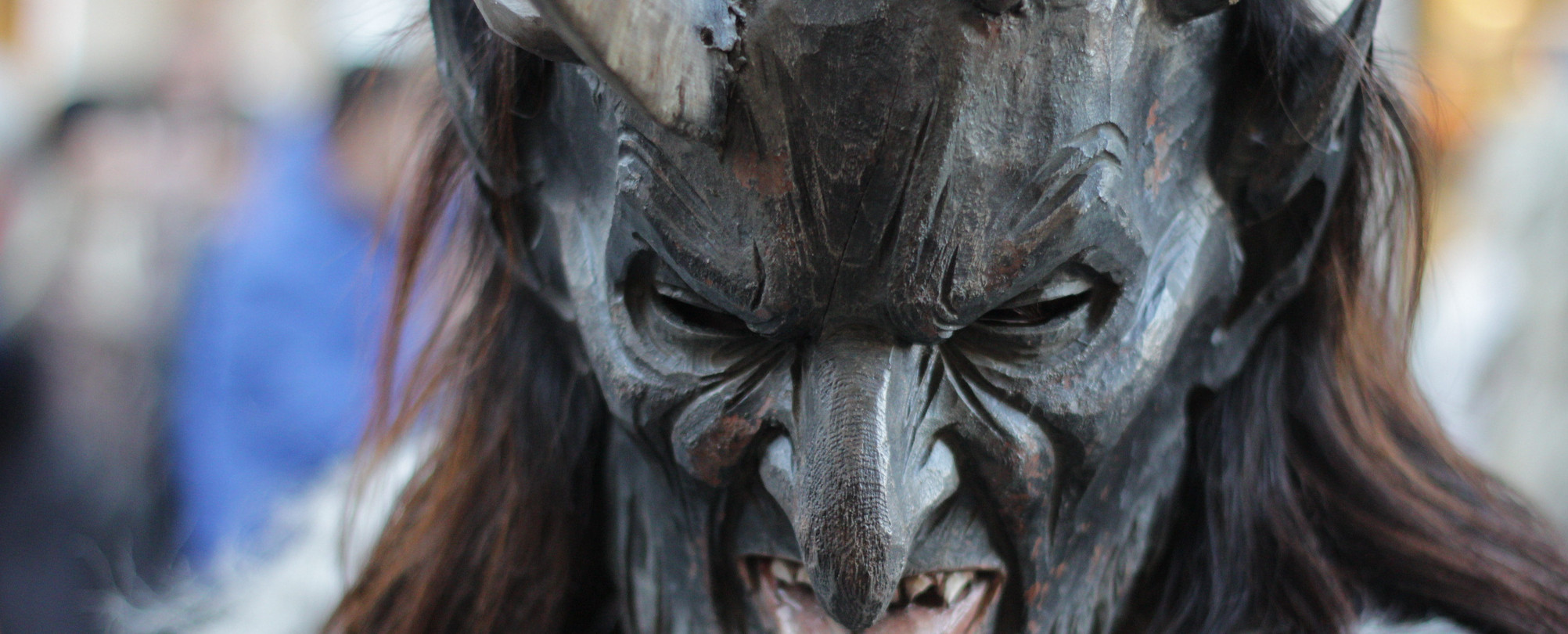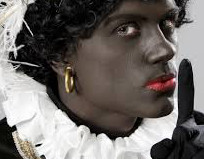Tis the season to be Jolly and deck the halls with boughs of holly….
There is a general acceptance about these sayings that we are entering a time where we do things that we traditionally enjoy doing. We replicate family gatherings with special food and decorations because they have a special magical purpose as we remember them along with tales of yesteryear. The season possesses a powerful sense of belonging which encourages giving and sharing along with singing and decorating which enhances the spirit of the season.
Historically, we have inherited a diverse community with many cultures that celebrate this season in different ways. As we experience these cultural diversities, there are noticeable similarities which may raise some confusion toward the derivations of such behaviour around this time. In order not to miss represent or initiate a deviation from these memorable activities it would be wise to investigate some glaring facts that surround these Yuletide similarities.
Yule Or Litha, the date varies from December 20 to December 23 depending on the year in the Gregorian calendar. Yule is also known as the winter solstice in the Northern hemisphere and the summer solstice in the Southern hemisphere due to the seasonal differences. Many customs created around Yule are identified with Christmas today. If you decorate your home with a Yule tree, holly or candles, you are following some very old traditions. Traditionally a Yule log is a branch of oak or pine set upright with holes drilled in it to hold candles and is brightly decorated and dusted in flower then burnt in the fireplace at the end of the festivities.
While discussing these old traditions with my partners sons Paul and Luke, and as they knew that I grew up in another culture, they asked me to recall my personal early experiences in that culture around this time of the year. I then began to realise the complexity of such a request and I was reminded of how important this subject matter was to the advancing next generation. It can be as important as sex education during adolescence.
I can recall the effort that my farther put into creating a memorable experience for my birthday, on the 5th of December, during my early years, which will remains with me forever. I grew up during the Dutch influence in Indonesia where Santa Clause was not heard of. It was Sinterklaas with his Swarte Piets that was the norm in that part of the world during Christmas.
My fondest recollections are, when I was restrained from investigating the approaching sounds of squeals and screams, I caught a glimpse of a Bishop’s Mitre and Crook through the crowd. I was terrified but I would not miss this for anything. And similarly the older generation may recall the 1947 version of “Miracle On 34th Street” staring Edmund Gwenn, Maurine O’Harra and a young Natalie Wood. This Youtube clip of “the little Dutch girl scene” gives the exact song that was sung to herald the visitation of Sinterklaas on that very day. https://www.youtube.com/watch?v=ibDD8Y3IJrg
It is this fond memory which is void of current marketing influences that I would like to share with you as readers. Doing this will perhaps provoke the tale of similar experiences and emotions which intern can be passed on to the next generation and will enable the true story of Santa Clause to continue to be preserved in time. There is a film production recently released about St Nicholas of Myra which has similarities that run parallel to my research and the story that I am about to uncover. https://www.youtube.com/watch?v=HvKg0EwRDSM
So now let me tell you the true story of a 4th century Roman senator from the ancient multicultural province of Lycia where the ancient ruins of Myra is situated on the Southern coast of Turkey. https://www.youtube.com/watch?v=k0WBkVQiX6c
To set the stage, this area of the Mediterranean, shares a history which started before the Egyptians with Anthony and Cleopatra, ran through ancient Greek times with the mythical Helen of Troy that sparked the Trojan wars, was pivotal in the Persian wars, it was invaded by Alexander the Great, and for many years became part of the Ottoman Empire, then later would be invaded by the Crusaders. This area was in Roman rule when the events of this story took place. On a trivial note, history has it that the Roman governing articles and their democratic principles of that time in Lycia, influenced the framework that lead to the constitution of the United States of American.
As you can imagine there was lots happening to influence the origins of many of the cultures that we know today, and there is no wonder that these cultures have similar threads about this celebrated person that has survived the passage of time.
Senator Nikolaos, was an only child born to a wealthy family and lost both parents at an early age. Nikolaos was then brought up by an uncle that was a bishop who ordained Nikolaos into Christianity who in turn became a bishop at a very early age. It is this which influenced the practice of child bishops which was later abolished in England by Henry the V111. The practice continued in Germany and spread throughout Europe and some examples can still be seen today in some isolated cultures where a young boy will be ordained as a bishop for a day around Christmas time. https://www.youtube.com/watch?v=nnahmDRAKko Note: I found that this particular “newsreel hyper-link” may not play the audio on some mobile phones due to its early format file type. It can be heard on most PCs.
In those times class distinction was an important community function which would affect one’s responsibilities and influence the manner in which one would live. Due to this highly regarded clerical position, Nikolaos became a very influential head of state which attracted a political role in the Roman Senate. Senator Nikolaos would now need to be careful not to be seen to compromise situations that would deteriorate his status in the community. He would enlist the assistance of henchmen for covert duties enabling him to make well informed decisions. Stories abound of such surveillance that have manifested as legends and now enshrined in folklore.
During a period of famine it was feared that a local butcher kidnapped the naughty children and made them into mince pies until Senator Nikolaos found them and escorted them to a safe return.
Stories of rescuing black slaves bound for the gallows and putting them to good use by looking after and protecting the physically and mentally challenged who were constantly teased until they displayed aggression. This brings rise to the creation of the demon character from Scandinavia known as Krampus, who eats children that misbehave.
A close acquaintance of the senator was experiencing financial difficulties and could not afford dowries for his three daughters. When the daughters came of age they each received a purse of gold that Nikolaos provided incognito. The most bizarre story was when in the event of preserving Nikolaos’s identity the gifts to the youngest daughter were dropped down the chimney and the small parcels descended and lodged in her stockings that were hung out to dry over the embers in the fireplace.
Nikolaos was renowned for generosity and during the ages among the many unexplained events that have been deemed as miraculous Nikolaos’s patronage included Sailors and horses which bear their own unique stories. A sainthood was inevitable. Besides being hailed as the patron saint of children, The marketing world, Christianity and historians have chosen to focus on events that have created a house hold name.
The Western world now would recognise this character to be Santa Clause, People of the Netherlands have Sinterklaas and Zwarte Piets, The Northern Europeans have Saint Nicholas and Krampus. The more religious now follow the modern tales that focus on the miracles of Saint Nicholas of Myra. The Vatican council played down the events of Saint Nicholas in fear that he was gathering more momentum than could be managed as a disciple of Christ gaining such a powerful following.
The sentiments and good will to others have been set by this wonderful ancient character and now, that we have a broader understanding of the events that surround this legend, we can all enjoy future Yuletide gatherings and take these examples to the next level.
I bid you all a very merry Christmas.





